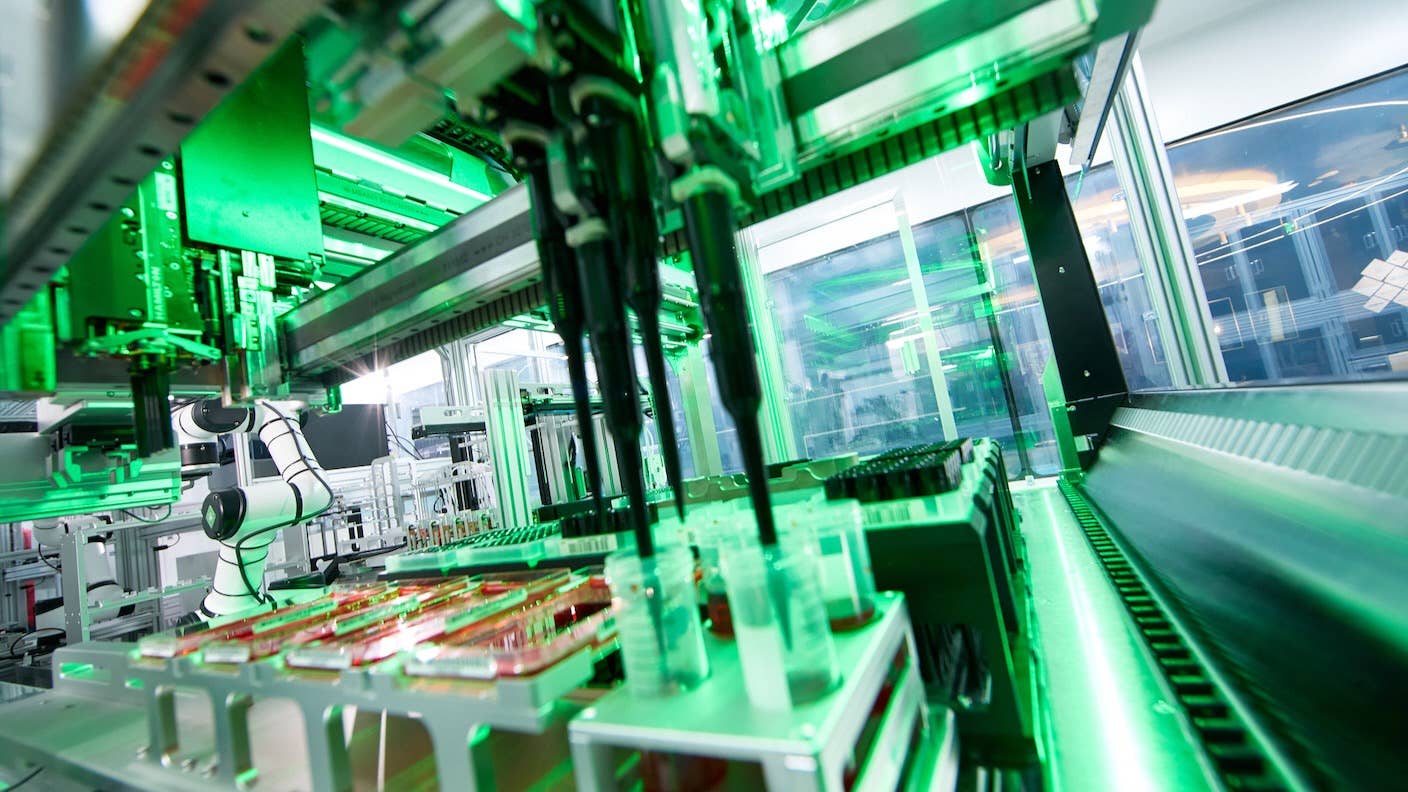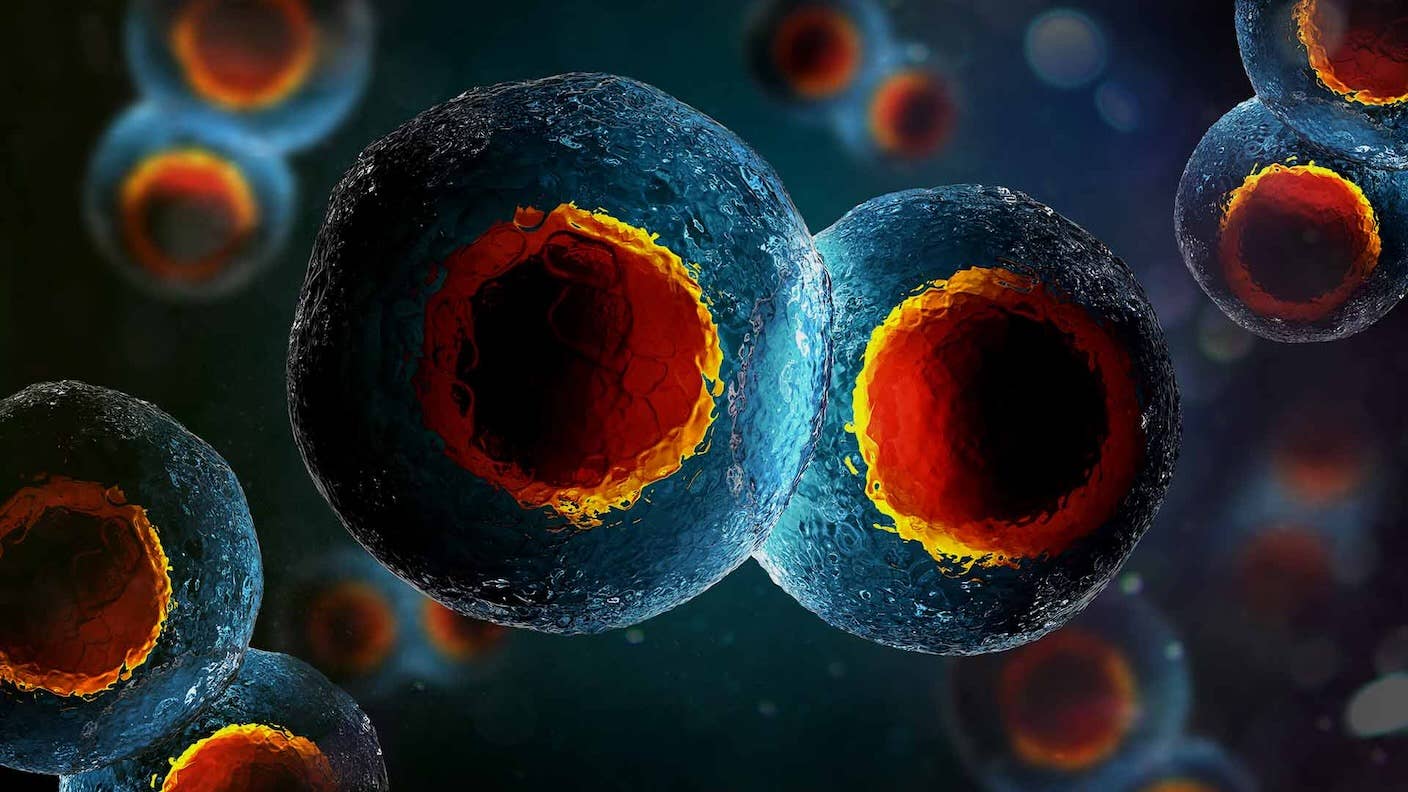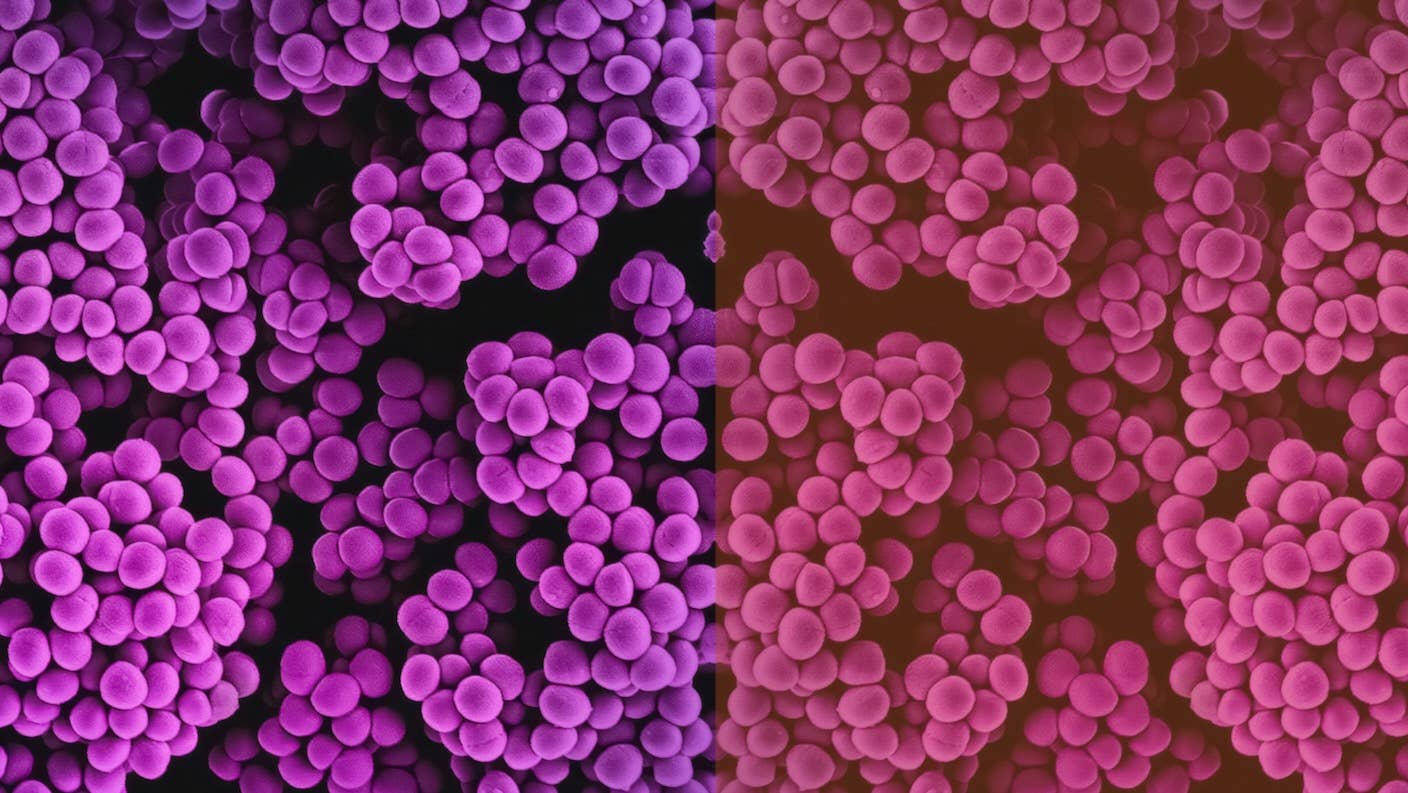An AI-Designed Drug Is Moving Toward Approval at an Impressive Clip

Share
For the first time, an AI-designed drug is in the second phase of clinical trials. Recently, the team behind the drug published a paper outlining how they developed it so fast.
Made by Insilico Medicine, a biotechnology company based in New York and Hong Kong, the drug candidate targets idiopathic pulmonary fibrosis, a deadly disease that causes the lungs to harden and scar over time. The damage is irreversible, making it increasingly difficult to breathe. The disease doesn’t have known triggers. Scientists have struggled to find proteins or molecules that may be behind the disease as potential targets for treatment.
For medicinal chemists, developing a cure for the disease is a nightmare. For Dr. Alex Zhavoronkov, founder and CEO of Insilico Medicine, the challenge represents a potential proof of concept that could transform the drug discovery process using AI—and provide hope to millions of people struggling with the deadly disease.
The drug, dubbed ISM018_055, had AI infused throughout its entire development process. With Pharma.AI, the company’s drug design platform, the team used multiple AI methods to find a potential target for the disease and then generated promising drug candidates.
ISM018_055 stood out for its ability to reduce scarring in cells and in animal models. Last year, the drug completed a Phase I clinical trial in 126 healthy volunteers in New Zealand and China to test its safety and passed with flying colors. The team has now described their entire platform and released their data in Nature Biotechnology.
The timeline for drug discovery, from finding a target to completion of Phase I clinical trials, is around seven years. With AI, Insilico completed these steps in roughly half that time.
“Early on I saw the potential to use AI to speed and improve the drug discovery process from end to end,” Zhavoronkov told Singularity Hub. The concept was initially met with skepticism from the drug discovery community. With ISM018_055, the team is putting their AI platform “to the ultimate test—discover a novel target, design a new molecule from scratch to inhibit that target, test it, and bring it all the way into clinical trials with patients.”
The AI-designed drug has mountains to climb before it reaches drugstores. For now, it’s only shown to be safe in healthy volunteers. The company launched Phase II clinical trials last summer, which will further investigate the drug’s safety and begin to test its efficacy in people with the disease.
“Lots of companies are working on AI to improve different steps in drug discovery,” said Dr. Michael Levitt, a Nobel laureate in chemistry, who was not involve in the work. “Insilico…not only identified a novel target, but also accelerated the whole early drug discovery process, and they've quite successfully validated their AI methods.”
The work is so “exciting to me,” he said.
The Long Game
The first stages of drug discovery are a bit like high-stakes gambling.
Scientists pick a target in the body that likely causes a disease and then painstakingly design chemicals to interfere with the target. The candidates are then scrutinized for a myriad of preferable properties. For example, can it be absorbed as a pill or with an inhaler rather than an injection? Can the drug reach the target at high enough levels to block scarring? Can it be easily broken down and eliminated by the kidneys? Ultimately, is it safe?
The entire validation process, from discovery to approval, can take more than a decade and billions of dollars. Most of the time, the gamble doesn’t pay off. Roughly 90 percent of initially promising drug candidates fail in clinical trials. Even more candidates don’t make it that far.
The first stage—finding the target for a potential drug—is essential. But the process is especially hard for diseases without a known cause or for complex health problems such as cancer and age-related disorders. With AI, Zhavoronkov wondered if it was possible to speed up the journey. In the past decade, the team built several “AI scientists” to help their human collaborators.
The first, PandaOmics, uses multiple algorithms to zero in on potential targets in large datasets—for example, genetic or protein maps and data from clinical trials. For idiopathic pulmonary fibrosis, the team trained the tool on data from tissue samples of patients with the disease and added text from a universe of online scientific publications and grants in the field.
In other words, PandaOmics behaved like a scientist. It “read” and synthesized existing knowledge as background and incorporated clinical trial data to generate a list of potential targets for the disease with a focus on novelty.
A protein called TNIK emerged as the best candidate. Although not previously linked to idiopathic pulmonary fibrosis, TNIK had been a target associated with multiple “hallmarks of aging”—the myriad broken down genetic and molecular processes that accumulate as we get older.
With a potential target in hand, another AI engine, called Chemistry42, used generative algorithms to find chemicals that could latch onto TNIK. This type AI generates text responses in popular programs like ChatGPT, but it can also dream up new medicines.
Be Part of the Future
Sign up to receive top stories about groundbreaking technologies and visionary thinkers from SingularityHub.


“Generative AI as a technology has been around since 2020, but now we are in a pivotal moment of both broad commercial awareness and breakthrough achievements,” said Zhavoronkov.
With expert input from human medicinal chemists, the team eventually found their drug candidate: ISM018_055. The drug was safe and effective at reducing scarring in the lungs in animal models. Surprisingly, it also protected the skin and kidneys from fibrosis, which often occurs during aging.
In late 2021, the team launched a clinical trial in Australia testing the drug’s safety. Others soon followed in New Zealand and China. The results in healthy volunteers were promising. The AI-designed drug was readily absorbed by the lungs when taken as a pill and then broken down and eliminated from the body without notable side effects.
It’s a proof of concept for AI-based drug discovery. “We are able to demonstrate beyond a doubt that this method of finding and developing new treatments works,” said Zhavoronkov.
First in Class
The AI-designed drug moved on to the next stage of clinical trials, Phase II, in both the US and China last summer. The drug is being tested in people with the disease using the gold standard of clinical trials: randomized, double-blind, and with a placebo.
“Many people say they are doing AI for drug discovery,” said Dr. Alán Aspuru-Guzik at the University of Toronto, who was not involved in the new study. “This, to my knowledge, is the first AI-generated drug in stage II clinical trials. A true milestone for the community and for Insilico.”
The drug’s success still isn’t a given. Drug candidates often fail during clinical trials. But if successful, it could potentially have a wider reach. Fibrosis readily occurs in multiple organs as we age, eventually grinding normal organ functions to a halt.
“We wanted to identify a target that was highly implicated in both disease and aging, and fibrosis…is a major hallmark of aging,” said Zhavoronkov. The AI platform found one of the most promising “dual-purpose targets related to anti-fibrosis and aging,” which may not only save lives in people with idiopathic pulmonary fibrosis but also potentially slow aging for us all.
To Dr. Christoph Kuppe at the RWTH Aachen who was not involved in the work, the study is a “landmark” that could reshape the trajectory of drug discovery.
With ISM018_055 currently undergoing Phase II trials, Zhavoronkov is envisioning a future where AI and scientists collaborate to speed up new treatments. “We hope this [work] will drive more confidence, and more partnerships, and serve to convince any remaining skeptics of the value of AI-driven drug discovery,” he said.
Image Credit: Insilico
Dr. Shelly Xuelai Fan is a neuroscientist-turned-science-writer. She's fascinated with research about the brain, AI, longevity, biotech, and especially their intersection. As a digital nomad, she enjoys exploring new cultures, local foods, and the great outdoors.
Related Articles

CRISPR Baby 2.0? Controversial Simulation Touts Benefits of Gene Editing Embryos

Four Clinical Trials We’re Watching That Could Change Medicine in 2025

‘Mirror Bacteria’ Could Wreak Havoc on Life and the Environment, Scientists Warn
What we’re reading